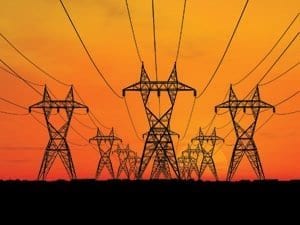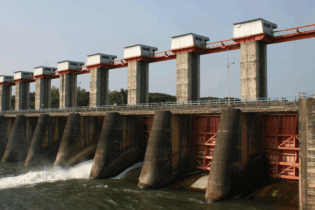Cabinet has approved a package to support a strong and sustainable Eskom to ensure that the energy security of the country is maintained.
Eskom is facing significant challenges that threaten its sustainability. These include a funding gap that needs to be closed to ensure security of supply. The main contributors to this gap include the fact that Eskom will not be generating enough revenues to cover the costs of electricity supply. Further, Eskom has been incurring additional costs to keep the lights on by running the more expensive power plants excessively due to a deterioration of performance of some of its coal plants and delays in the build program. As a result, a package of solutions is required, to ensure a sustainable electricity supply industry, which focuses both on improving efficiency of operations, as well as funding. This package was based on recommendations from an Inter-Ministerial Committee which reviewed an extensive set of options available to ensure energy security. Cabinet’s proposed package To ensure a balanced solution to the industry’s challenges, and taking into account any potential socio-economic impact on business and households as well as ensuring that a sound fiscal framework is maintained, Cabinet decided on the following package: 1. Equity injection: An allocation of funding will be given to Eskom to help relieve the impact on electricity consumers, as well as add additional support to Eskom’s balance sheet, which needs to be strengthened. This will be funded from leveraging non-strategic government assets. Details in this regard will be provided by the Minister of Finance as part of budget announcements.2. Debt: Eskom will be raising additional debt in the region of R50 billion, over and above its original plan of R200 billion during the third Multi Year Determination Period (MYPD 3). While higher debt levels do have a negative impact on Eskom’s balance sheet, it is necessary to reduce the immediate impact on electricity consumers. Raising more debt is supported by the substantial guarantee facility available to Eskom from government, which will be used to reduce Eskom’s cost of debt, but also needs to be supported by a sustainable industry, relying on managing costs and raising sufficient revenue to cover these.
3. Demand management measures: Acceleration of demand management measures that do not undermine economic growth, which will also help to improve the electricity supply demand balance. 4. Energy policy: Refinement of energy policy and regulatory governance mechanisms to help keep the lights on and give certainty regarding the energy industry going forward. 5. Cushioning poor households: Interventions to ensure that free basic electricity allocations are used effectively to cushion poor households from the impact of higher tariffs. Government will therefore assist municipalities address the current weaknesses in the use of free basic electricity allocations. In addition, government will implement a programme to improve the efficiency of municipal electricity operations. 6. Independent power producers: Support the expansion of the independent power producer programme to complement Eskom’s build programme. 7. Eskom efficiency: Significant savings have been identified and agreed to with Eskom and will form part of the package that will be implemented over the MYPD period. As a result, Eskom will need to improve the efficiency of its operations through more effective maintenance of existing power stations, limiting cost overruns in the new build programme, improving procurement outcomes and management of working capital. The work of the Inter-Ministerial Committee is ongoing and will include wide consultation to ensure that the best possible solutions are considered to ensure energy security going forward.







